Search
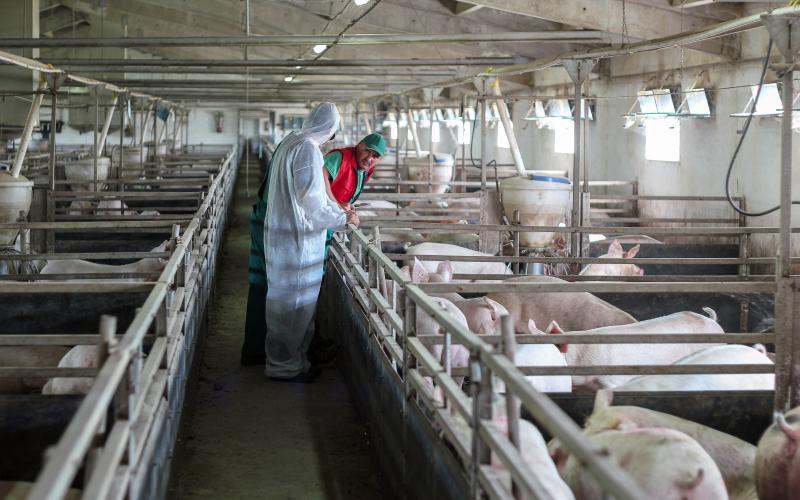
SDSU Extension to Host Pork Quality Assurance Plus Advisor Training May 5 and June 14
May 04, 2022
SDSU Extension will host two Pork Quality Assurance Plus Advisor Training Certification Days on May 5 and June 14 at the South Dakota State University campus in Brookings.

SDSU Extension Field Specialist Encourages Proactive Farm Transition Management
May 05, 2022
SDSU Extension and the International Farm Transition Network (IFTN) will host the 2022 IFTN Annual Conference, a professional development opportunity for estate planning and farm transition professionals, in Lincoln, Neb. June 8-9.
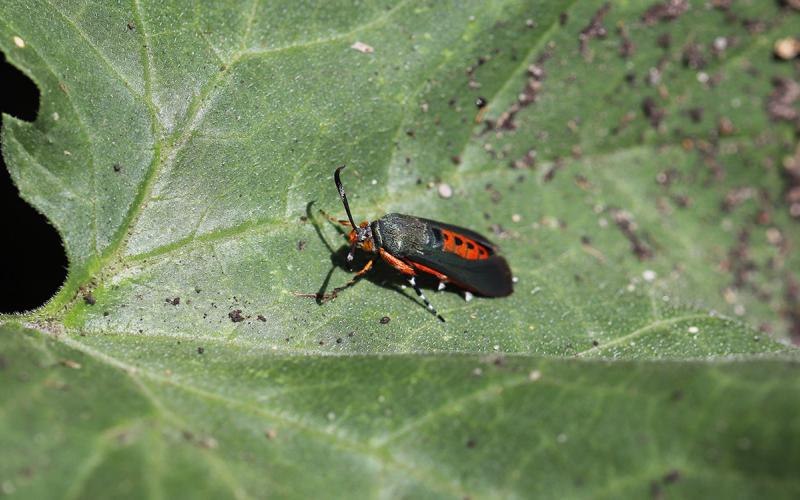
Squash Vine Borer Activity Estimates: April 29, 2022
Squash vine borers can be a serious garden pest. If left unmanaged, their activity can cause a rapid decline in the health and productivity of zucchini, squash, pumpkins and other winter squash.
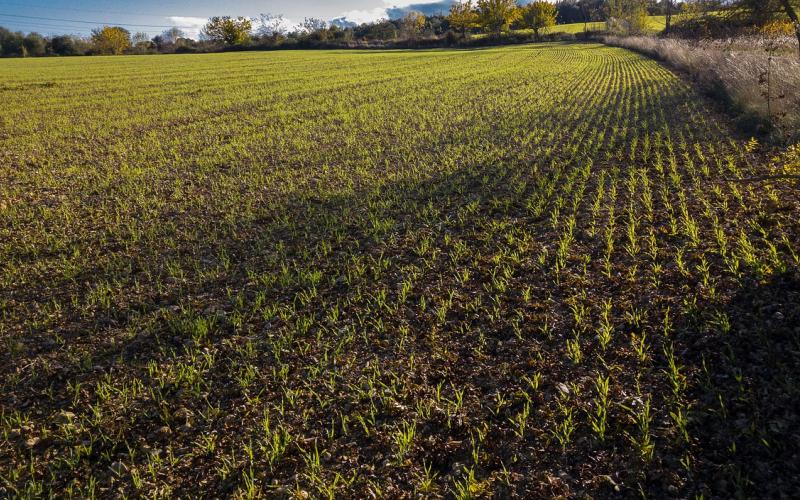
Double-Crop after Wheat?
Two crops in one year may sound tempting, and for some crop species is possible, but before doing so, producers should consider possible crops and compare the potential benefits with the drawbacks.
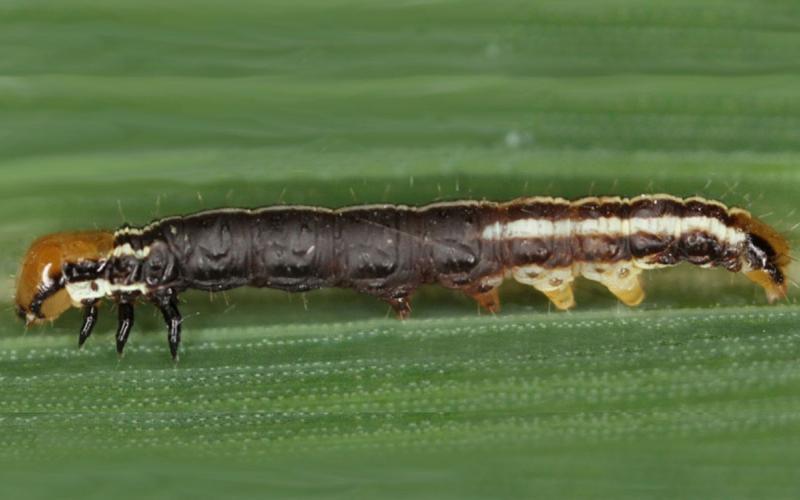
Common Stalk Borer Activity Estimate: May 5, 2022
Cool temperatures during the last week prevented the fast accumulation of degree days for common stalk borers. This pest can become a problem, especially around the borders of fields, as temperatures eventually warm up.
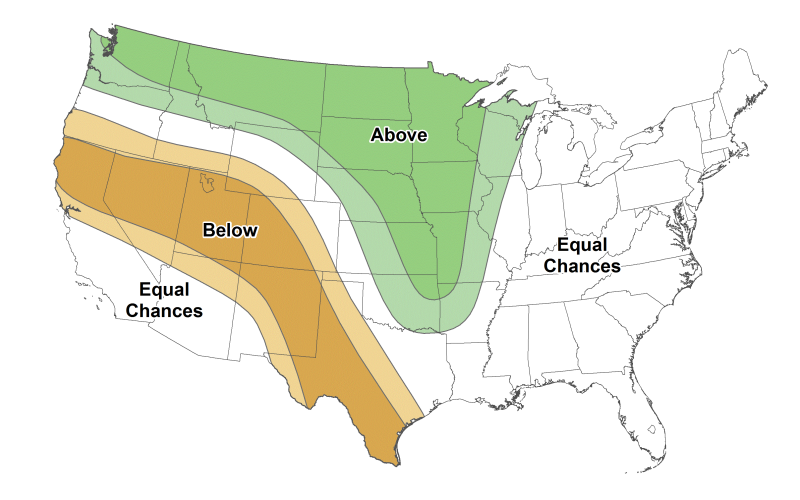
May 2022 Drought and Climate Outlook
The May climate outlook favors cooler and wetter than average conditions. It is possible producers could experience some short-term drought relief, with a return to drought or re-intensifying in the mid-summer season.
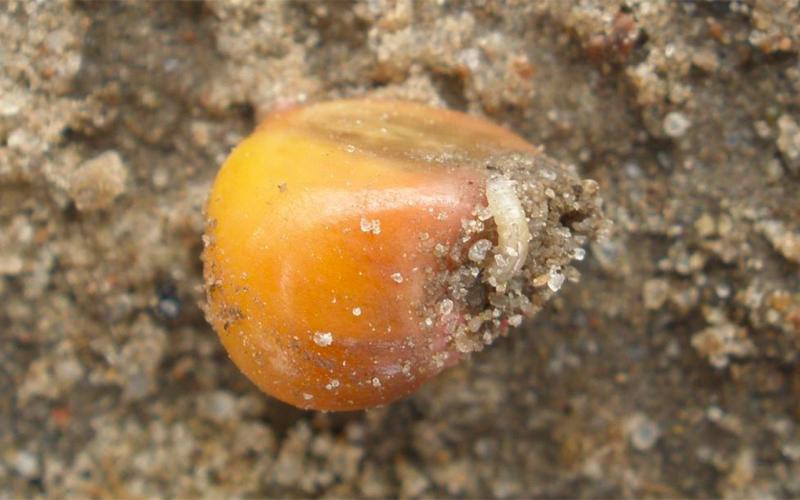
Seedcorn Maggot Degree Day Activity Estimates: May 5, 2022
Corn and soybean planted during cool conditions can be at risk for seedcorn maggot infestation. Stay ahead of infestations by viewing latest activity estimates from around the state.
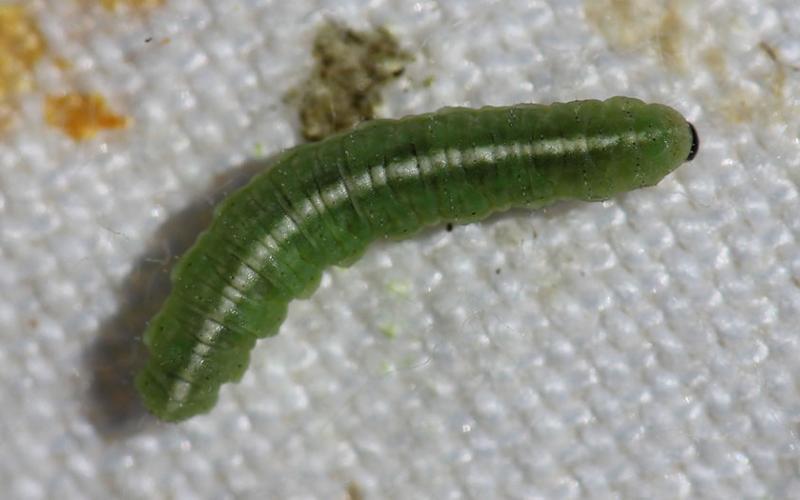
Alfalfa Weevil Activity Prediction Update: May 5, 2022
One of the insects we monitor for using degree day accumulation is the alfalfa weevil. With warmer temperatures in the upcoming forecast, the need to scout for alfalfa weevil activity will increase.

Latest Recommended Planting Dates for Spring Wheat in South Dakota
A major question that producers have been asking is, “How late can wheat be planted in South Dakota without a significant reduction in yield potential?” See our latest recommendations for those considering late planting this May.
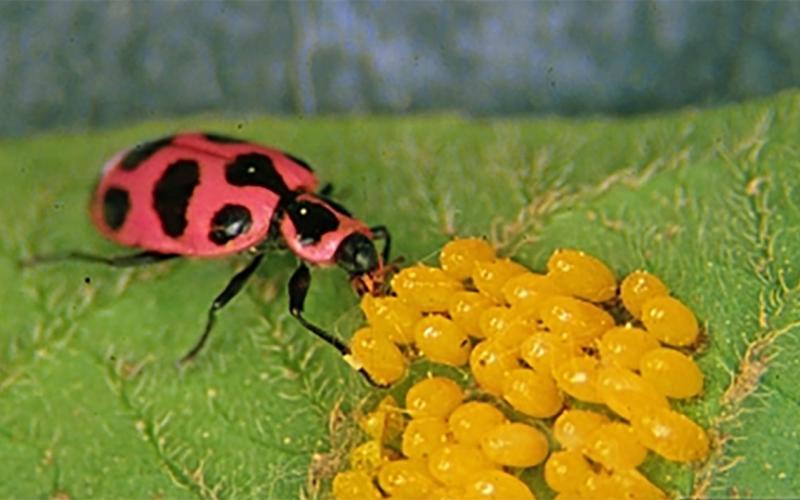
Pink Lady Beetles: Beneficial Predators in Urban and Agricultural Landscapes
There are numerous insect species that are beneficial to the gardens and farms. In this article, we will highlight a common insect predator known as the pink lady beetle, or spotted lady beetle.